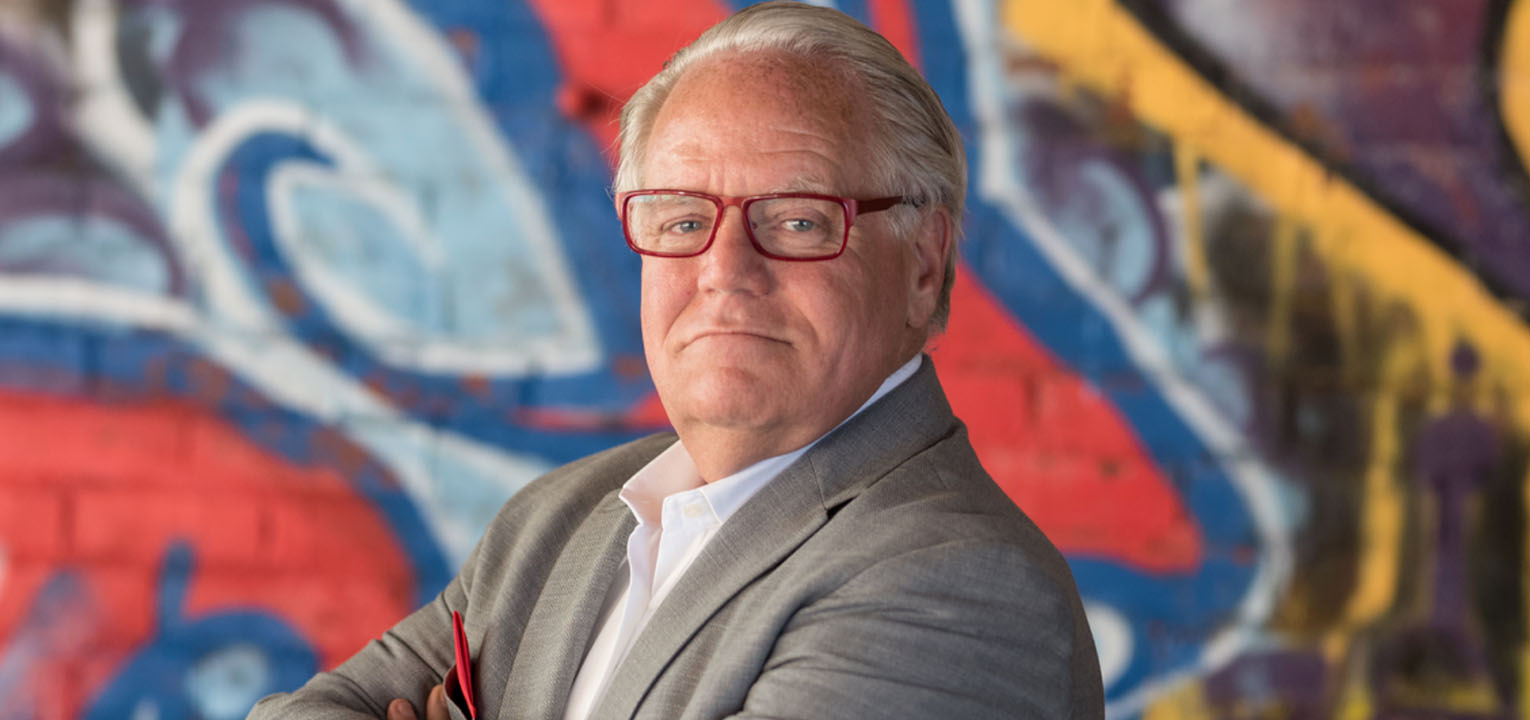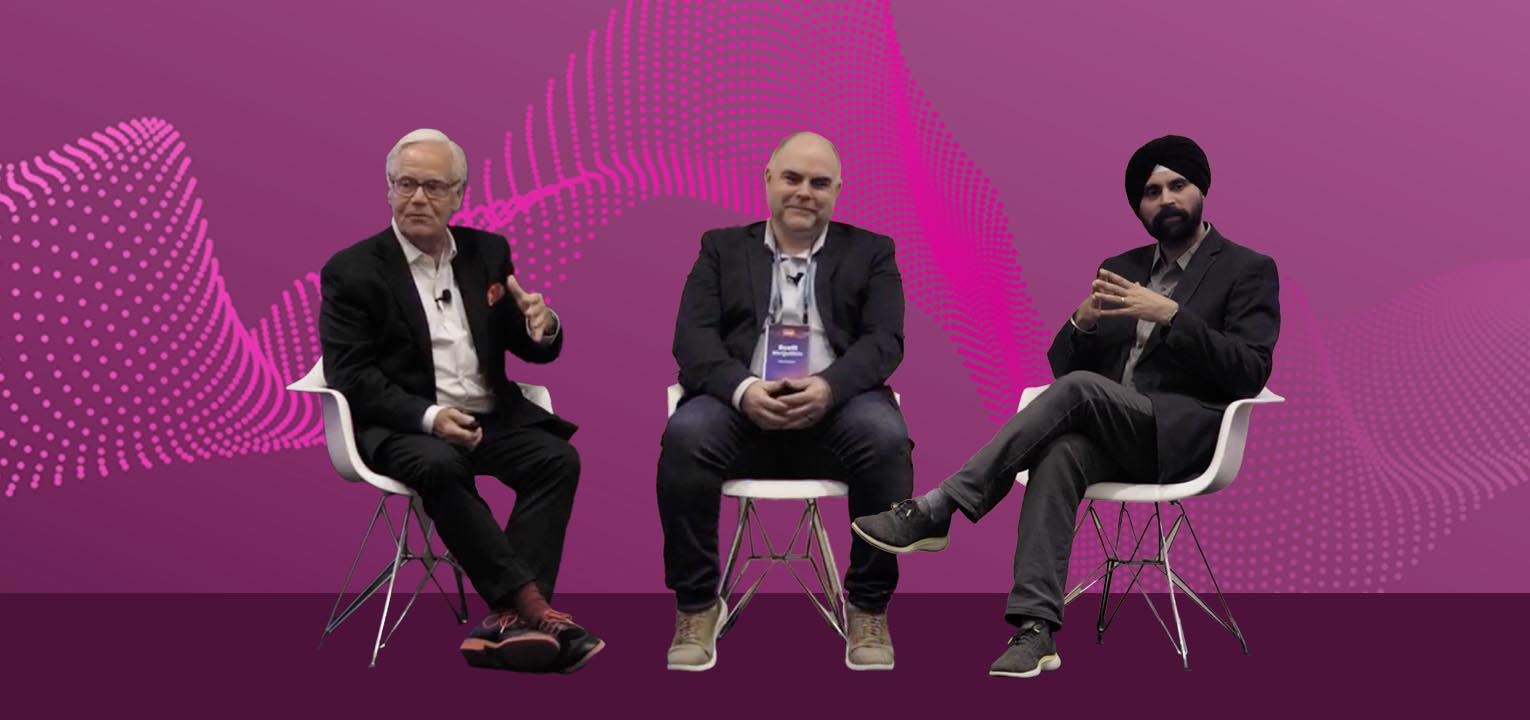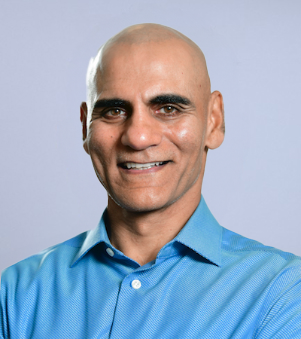April 3, 2025
Beyond Digital: Jim Marous on Why Banking Must Become Cognitive

By Jody Bhagat, President Global Banking, Personetics
Our recent Banking on Innovation podcast featured the esteemed Jim Marous, Co-Publisher of The Financial Brand and one of the leading voices in banking and financial technology. Jim’s indefatigable enthusiasm and salient comments make this a “must listen” episode for perspectives on where banking is heading and what financial institutions need to do to stay relevant.
In his unique manner, Jim encouraged the banking industry to go beyond the level of personalization in practice today, and aspire to achieve truly personal, empathetic interactions with customers. This shift represents the essence of Cognitive Banking – deeply understanding customers’ situations and needs to anticipate solutions before they ask.
The Gap Between Trust and Action
Jim highlighted an interesting paradox from recent industry research. While consumers generally trust their banks, they’re less confident that banks are truly looking out for their interests rather than their own. This trust-action gap represents both a challenge and an opportunity.
“Can I trust you to look out for me?” Jim asked. “Can it be evident to me that I can trust you to look out for me, as opposed to yourself?” These questions get to the heart of cognitive banking – using customer data and intelligence not just to sell products, but to proactively guide customers toward better financial outcomes.
Moving From Perfect to Professional
Jim described a conundrum banks face causing hesitation to act on their customer knowledge. “Financial institutions know everything they need to know about me,” he noted. “It’s how much risk they’re willing to take to offer me something knowing that it may be wrong.”
This perfectionism often leads to paralysis. As Jim put it, “There’s a big difference between perfect and professional.” Professional means using solid insights to look out for customers, knowing the approach will improve over time. Perfect means waiting for certainty – and never acting at all.
The Silent Threat of Relationship Erosion
While many banks focus on preventing account closure, Jim pointed to a more insidious threat: the quiet erosion of primary banking relationships. He shared that when speaking to banker audiences, very few have closed major banking relationships in the past five years. However, over three-quarters have opened new relationships with fintechs or other providers who better serve specific needs.
This “silent attrition” happens when customers maintain their original accounts but shift their most profitable activities elsewhere. The checking account that was once the center of the banking relationship becomes “simply the conduit upon which everything else is built.”
Beyond Products to Customer Jobs
Traditional product silos – deposits, cards, loans – don’t clearly align with how customers think about their financial needs. Instead, customers are trying to accomplish specific “jobs” – preparing to buy a home, building emergency savings, or adapting to a new job’s income.
Jim shared a perfect example: “My son just got married last year. They got money at the wedding. Nobody said, ‘We see you’ve been spending on things most married couples are about to spend on. Would you like to set up savings for a new house? For when you have a child? Can we help you with automatic transfers so you don’t have to manually do it all the time?'” These are the kinds of proactive, goal-oriented conversations banks should be having with customers.
These jobs require banks to think beyond individual products to deliver the right combination of:
- Products and tools
- Insights and tracking
- Acknowledgment and rewards
- Timely nudges and guidance
Making Digital More Human, Making Human Smarter
Looking ahead, Jim sees two critical developments in cognitive banking that appear paradoxical but are actually complementary.
Firstly, we’ll see greater customer intelligence flowing across the enterprise, making both marketing interactions and banker conversations more informed and relevant. “When you look at multiple channels,” Jim notes, “the leaders – Amazon, Uber, even restaurants – are already doing this.” He points to how everyday experiences, like a pizza place immediately recognizing you and recalling your last order, demonstrate how data can create naturally personal interactions.
Second, digital channels will incorporate more empathy and human elements, moving beyond simple insights to truly understanding and anticipating customer needs. Jim points to Bank of America’s Erica as an example: “What started as ‘just voice banking’ has evolved into a powerful foundation for the future of AI-driven customer engagement. They’ve made digital human.”
The key is ensuring these developments work together. As Jim puts it, “We need to make digital more human while making our human interactions more intelligently digital.” When branch staff can naturally reference relevant digital insights, every interaction becomes an opportunity to deepen the relationship and gather feedback that improves the entire system.
The Time for Action is Now
Jim closed with a call to action: “That train is going down the track and the longer you let it go down the track without embracing what’s possible, the further behind you’re going to be. You’ve got to do this now. You’ve got to take action today to build that personal relationship with your customers.”
Cognitive Banking represents a new capability set and it isn’t just about better technology – it’s about using that technology to create genuinely personal relationships that help customers achieve their financial goals. Banks that embrace this shift will be rewarded with deeper, more profitable customer relationships. Those that don’t risk watching their relevance slowly erode, one silent attrition at a time.
Ready to start your cognitive banking journey? Time is of the essence – as Jim emphasized, catching up becomes increasingly difficult the longer banks wait to act.
Contact us to learn how we can help you build deeper, more profitable customer relationships through personal, proactive engagement that positions you to compete effectively in an AI-driven future.
How can you listen to the podcast?
Please tune in and join me and my guests on this journey.
You can access new podcast episodes here: Spotify, Apple, and YouTube.
Connect with podcast host Jody Bhagat on LinkedIn: https://www.linkedin.com/in/digitalbusinessgrower
Want To See How Cognitive Banking and AI Can Transform Customer Engagement?
Request a Demo Now
Latest Posts

Truist's Performance Marketing Journey: From Merger Challenges to Million-Dollar Results

How Asia Pacific Banks Are Redefining AI-Driven Engagement

How iBank and Personetics are Transforming Personal Finance in Japan

Beyond Transactions: How Synovus is Creating Deeper Digital Engagement at Scale

4.5 Stars and 20% CTR: How BGL BNP Paribas’s Genius is Reinventing Digital Banking

The AI Implementation Reality Check

Jody Bhagat
President Global Banking
Jody brings deep operating experience in financial services – managing direct channels, launching digital ventures, and leading digital transformation programs. He was previously a Partner at McKinsey & Company, where he helped financial institutions define and execute digital transformation programs to drive customer growth and operating efficiency. Jody also served in senior digital operating roles at U.S. Bank, Wells Fargo, and Providian. In these positions, he led digital sales and service functions and direct to consumer businesses to deliver organic growth and enhanced customer experience. Jody has an MBA from Northwestern University and a BS in Computer Engineering from The University of Michigan.









